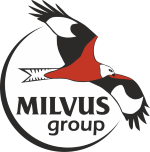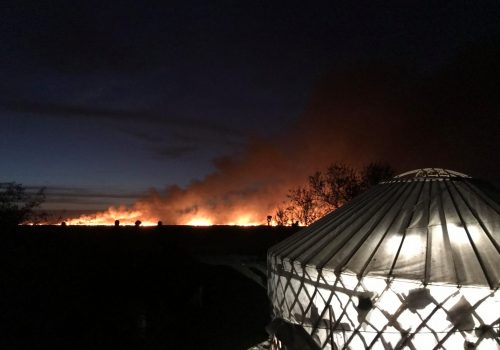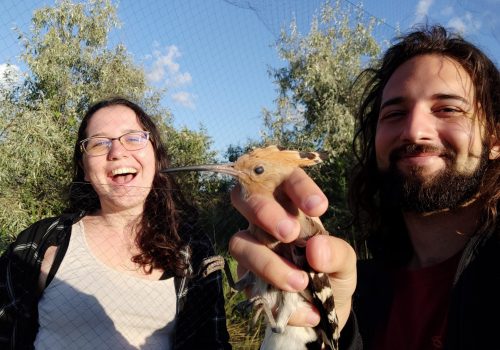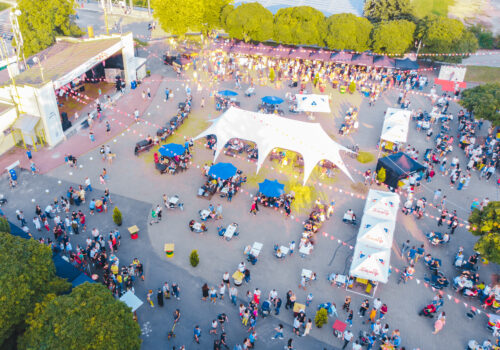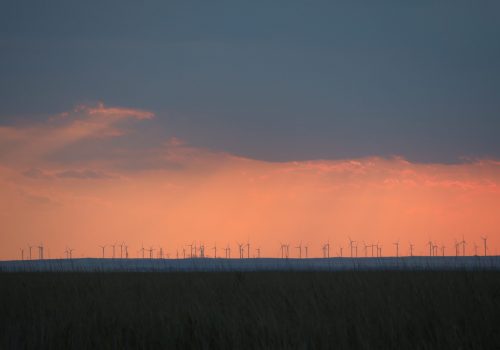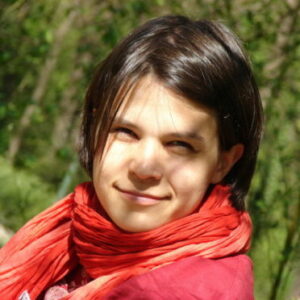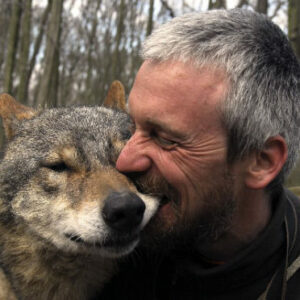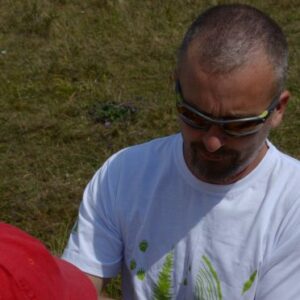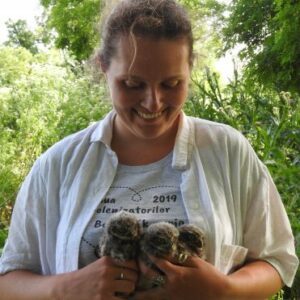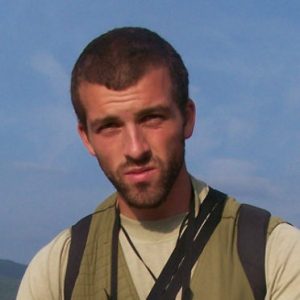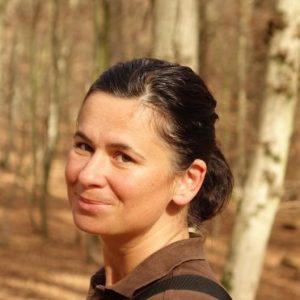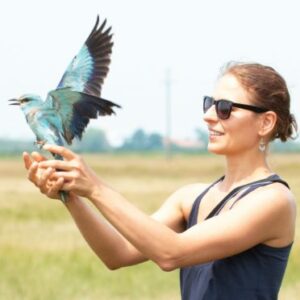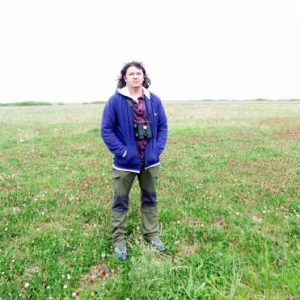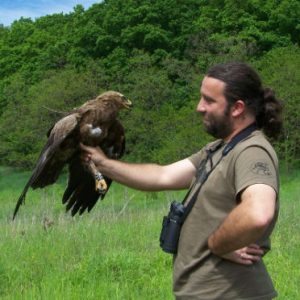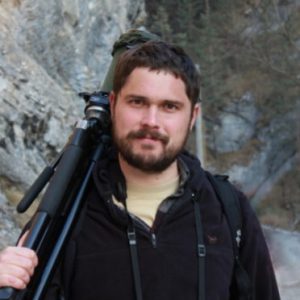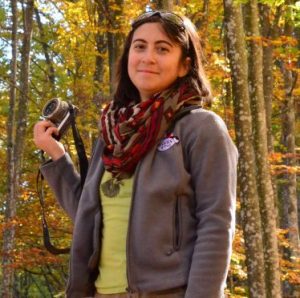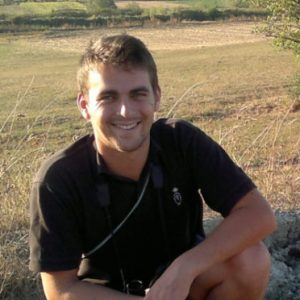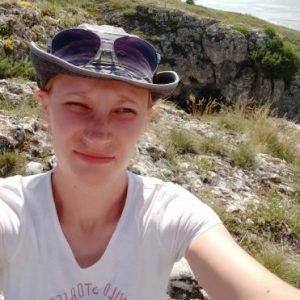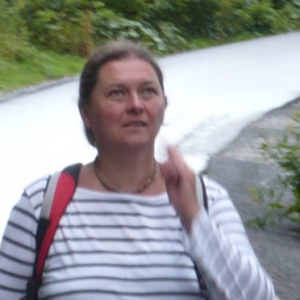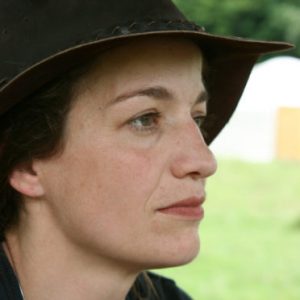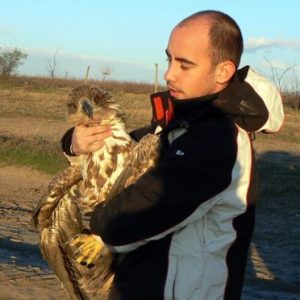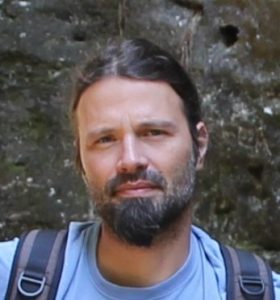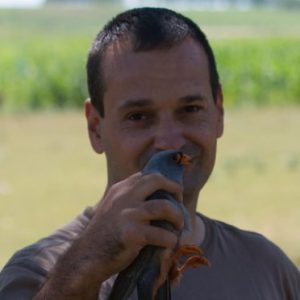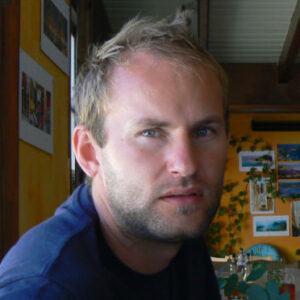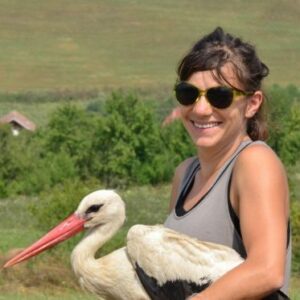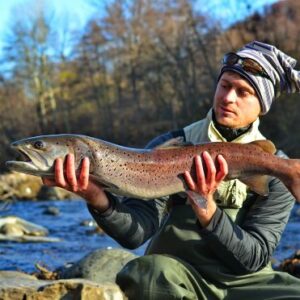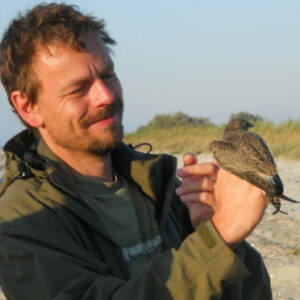Kinga Kovács and Andi Boancă, our young ambassadors, talk about their experience in the Wilderness Camp Youth Exchange, organised in Slovakia.
Within the framework of the Game On project, we had the opportunity to participate in the “Back to the Wilderness” youth exchange in Slovakia, which focused on the link between climate and biodiversity through presentations, exchange of experience and hands-on activities.

Photo: Patrik Gazo
Participants from several countries (Bulgaria, Czech Republic, Germany, Hungary, Poland, Lithuania, Romania and Slovakia) came to this wonderful one-week camp to learn together about the activities managed by the Slovakian BROZ association in the area of the Veľký Lél (Nagyléli-sziget). Veľký Lél is one of the oldest and largest natural islands in the upper course of the Danube. As a Natura 2000 protected area, it is home to many species, such as the eurasian hoopoe (Upupa epops), grey heron (Ardea cinerea), white-tailed eagle (Haliaeetus albicilla), black stork (Ciconia nigra) and even the rare Danube crested newt (Triturus dobrogicus). In the past, the island’s inhabitants used to graze intensively, thus preserving the island’s mosaic character. Nowadays, the island is uninhabited, and the lack of grazing has led to the spreading of invasive species such as the false indigo-bush (Amorpha fruticosa), the common milkweed (Asclepias syriaca) and the Chinese sumac (Ailanthus altissima). The area is also home to a rich floodplain habitat, which is important for biodiversity. The BROZ association is working to maintain habitats and biodiversity through a range of activities. Traditional rotational grazing plays an important role in this. This method includes a variety of species of cattle (including the Hungarian grey cattle), water buffalo, horses, donkeys and goats. In areas with taller grass, horses are used to graze first, followed by cows and goats to prevent scrub encroachment. To protect the habitat, the ecofarm Ostrov also has a rehabilitation centre for injured white and black storks and european ground squirrel (Spermophilus citellus).

Photo: Boancă Andi
The first two days at the organic farm were dedicated to getting to know the work of BROZ and the participants. During our tour of the island, we were given an insight into the current management measures the association is taking to preserve and, in some areas, restore habitats to their natural state. We were also informed about the situation of the rapidly spreading invasive plant species on the island and as well as the concrete effects and consequences of climate change, like the more often occurring droughts and floods.

Photo: Dominic Ditri
Several evenings during the camp we had the opportunity to observe Eurasian beavers in their natural habitat, as they emerge from their burrows with the setting sun to begin their night life.

Photo: Jordanka Slavova
We started our third day with field work to get rid of get rid of an invasive plant species that is common along the island’s coast, the invasive species of false indigo-bush (Amorpha fructicosa), which is able to take over natural plant communities very quickly.

Photo: Dominic Ditri
Our attention was not only focused on studying the plant species, because our next project was to clean up the sand wall along the Danube, which served as a nesting site for the sand martins (Riparia riparia) until it was invaded by lush vegetation. I think I can speak for everyone when I say that it was a liberating feeling to increase the survival chances of a species in this way, because from next year they will be able to find a suitable breeding site on the Slovakian side of the river, not just on the opposite bank.

Photo: Jordanka Slavova
The next few days included a boat trip on the Danube to observe from the water the canadian poplars (Populus x canadensis) planted on the island, which BROZ is trying to replace in the near future with white poplars (Populus alba), whose crowns and brenches can support the heavy nests of white-tailed eagle (Haliaeetus albicilla) and storks. All this was followed by a tour of the island, during which we learned more about the importance and diversity of pollinators with the help of an entomologist.

Photo: Dominic Ditri

Photo: Patrik Gazo
Several evenings were spent listening to presentations from experts to gain a greater insight into the work of BROZ and a better understanding of the importance of the conservation goals they set. We were able to hear and exchange ideas on land management through grazing, the importance of pollinators and climate change. It was also a good opportunity to share our thoughts, questions and fears.

Photo: Dominic Ditri
We are very grateful to the Milvus Association for helping us to visit this fabulous farm, where we had the opportunity to gain experience and unforgettable memories with curious and nature-lover young people just like us. We think it would be important to organise more events in the future where the youth can learn about climate change and other nature-related issues.
Kovács Kinga și Andrada-Kristina Boancă, young ambassadors
